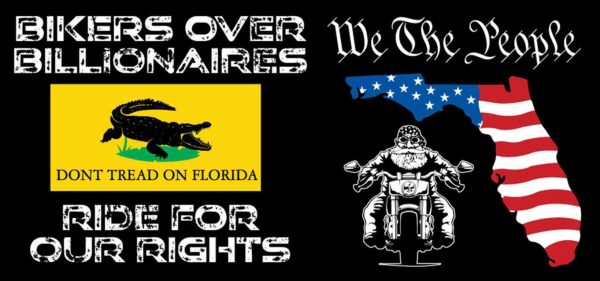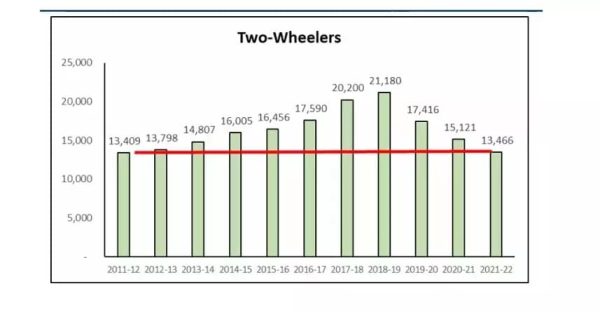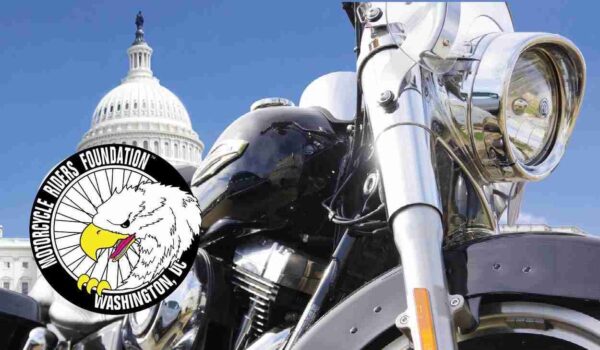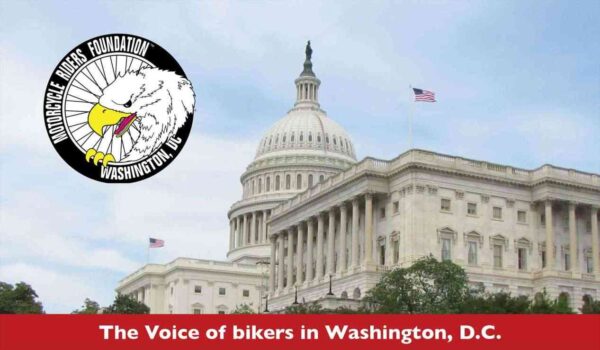Bikers Inside the Beltway: Holding Common Ground
Bikers inside the Beltway – with the encouragement and direction of the Motorcycle Riders Foundation, since the first Bikers inside the Beltway in 2009, thousands of bikers have met with their elected representatives and educated them about issues of importance to all street riding motorcyclists. Specifically… the National Highway Traffic Safety Administration (NHTSA) has less than 30 days of their 120-day requirement to report to the Senate and House Committee(s) on Appropriations and answer how the agency may be “conducting activities that encourage states to adopt legislation, regulation, or other policies that unjustly profile motorcycle riders.” The words of former U.S. Representative David Price from North Carolina may well apply to the recent efforts of the Motorcycle Riders Foundation “… Understand that not every battle can be won on the first try and that politics is a matter of striking a balance between … compromising and finding common ground where you can, and fighting where you must.” The MRF found and is holding common ground among the nation’s state motorcyclist rights organization, motorcycle club members, and all freedom loving motorcyclists who, as the Motorcycle Profiling Project demonstrates, are susceptible to being profiled while riding a motorcycle. The MRF’s victories, realized in the waning hours of the 117th Congress in December, should drive home Congressman Price’s words, and demonstrate the positive results when common ground is identified and held. Those victories came from the year-after-year vigilance of MRF members writing, calling, and meeting with members of Congress during the Motorcycle Riders Foundation’s annual Bikers inside the Beltway. Now is the time for you to register to attend Bikers inside the Beltway – May 15 & 16, 2023. As in years past, Bikers inside the Beltway will be dual-faceted to accommodate in-person visits to Congress plus visits to local district offices. To […]
Bikers Inside the Beltway: Holding Common Ground Read More »









